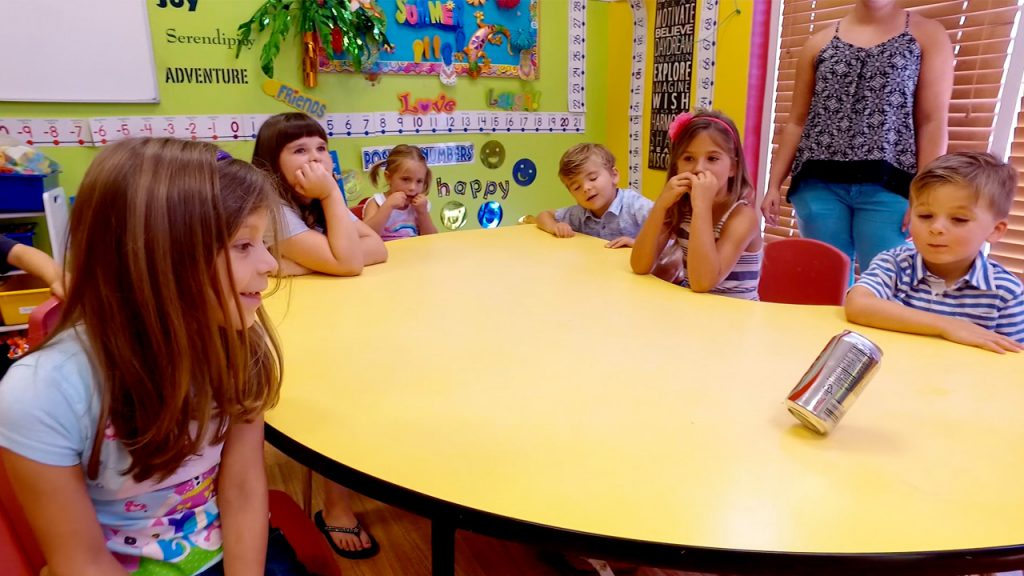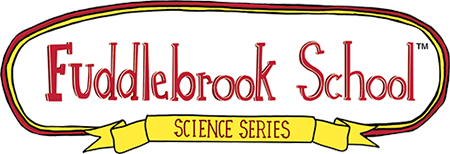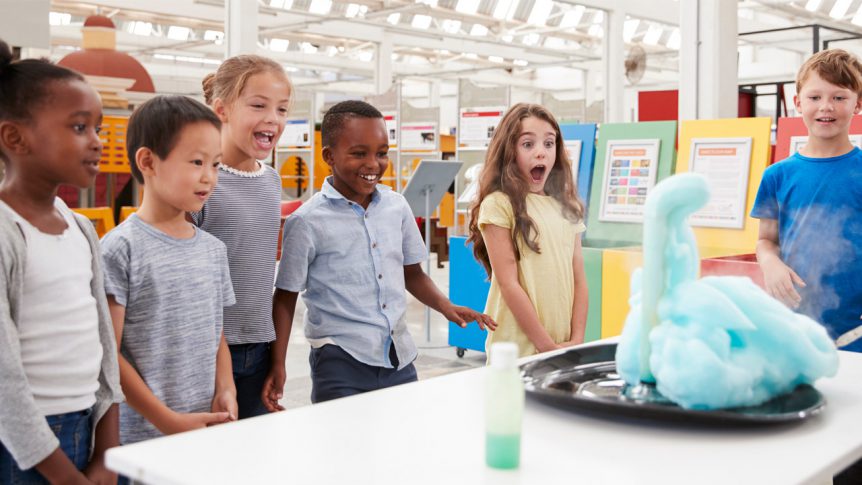An elementary science teaching rock star? Not me! You can teach effectively, excite your students, and have fun yourself if you follow these four steps.
First, tell a story the kids can relate to. Density seems abstract taken alone as a concept but floating on water, particularly salt water, is something many children have experienced. Tell a story (with conviction!) about a boy or girl spending the summer on a lake or at a pool and learning to float, conquering fear of the water.

All of us remember the stories of our childhood; most of us don’t remember informational text. Insurance companies could try to sell us insurance based simply on facts, figures, and actuarial odds. They understand that helping us not turn in to our parents, or the adventures of a lizard is more memorable and appealing.
Reinforce with hands-on activities as often as you can. Doing science activities is much more memorable (and gets stored in another place in the brain) and fun. It doesn’t have to be complicated. Place a rubber band around one hand and then trying to remove it without using the other hand, easily and effectively illustrates the difficulty animals in the wild have when they get tangled up in plastic litter. After reading the story together, doing something active is good for the brain and the rest of the body!

Start early and repeat often. Children love to have favorite stories told often. And, each time in its telling there’s something new to learn. Repetition is one of the keys to learning. That’s why we see the same ads on TV over and over. Help children fall in love with science by making it fun early on. Set the tone for science to be something they look forward to for years to come. A kindergartner might not grasp all of the principles of aerodynamics (nor can I) but they can make paper airplanes and see which shapes fly the furthest. That pleasant experience early, make students receptive or “brand loyal” to science later on.
Keep it simple and manageable. Maybe you’re hiding behind the excuse of not having enough budget. Or maybe you think your activities should be hard. An empty soda can (with silver bottom) and a little water makes an awesome activity related to gravity. A spoon and a nose is all it takes to illustrate friction. An egg, glass, toilet paper tube, and drinking glass illustrates Newton’s Laws of Motion and is guaranteed to stick with kids for years. None of these materials is over the top. All make awesome science activities.
So now you’re on your way to rock star status. You can use your imagination (like we did over many years) or learn from us! See how the Quirkles (for younger children) and The Fuddlebrook School Series (for intermediate elementary students) integrate our four premises. www.quirkles.com and www.fuddlebrook.com. Check out our activities on social media or YouTube. But either way remember this:
• Tell a story.
• Reinforce with hands-on activities.
• Start early and repeat often.
• Keep it simple and manageable.
We guarantee both you and your students will have fun and learn a lot too!

